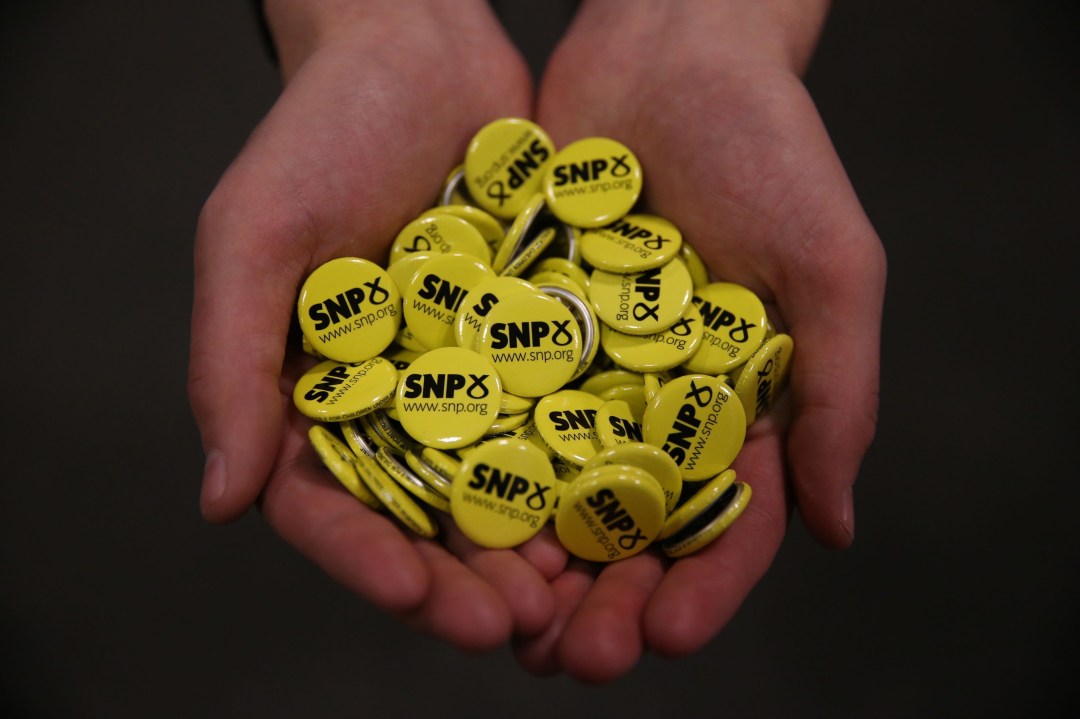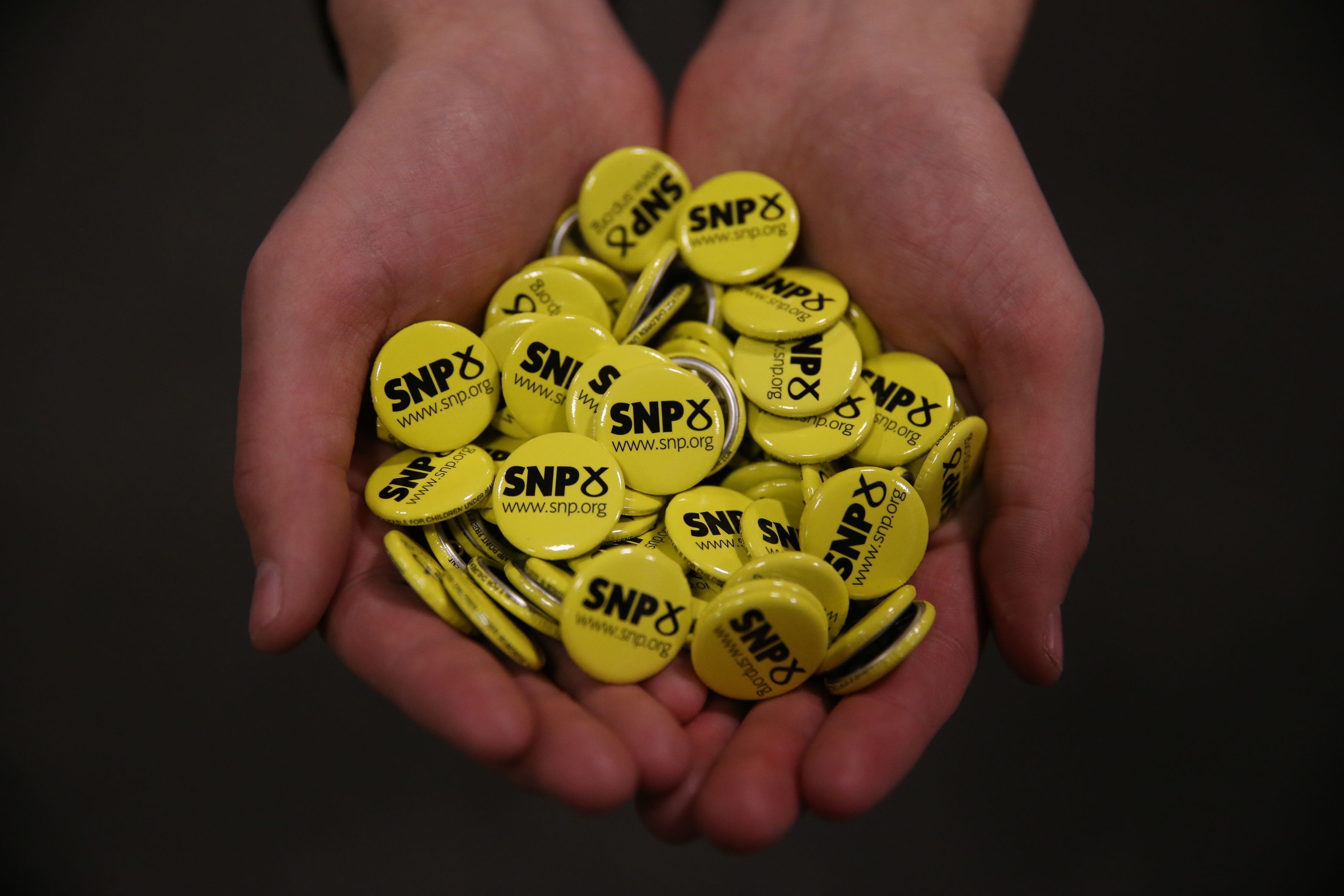Much of the speculation in the build-up to the Scottish budget yesterday focused on the possibility of the introduction of yet another new income tax band for the well off. And So it came to pass.
Speaking at Holyrood yesterday afternoon, Deputy First Minister and Finance Secretary Shona Robison announced a new ‘advanced rate’ of 45 per cent for those earning between £75,000 and £125,140, meaning they will pay more tax than they currently do. Meanwhile, Scotland’s top rate of tax, levied against those earning more than £125,000, will also rise next year, by 1 per cent, to 48 per cent.
The ‘starter’ and ‘basic’ rate bands (note, not the thresholds) will increase by the level of inflation, while Scotland’s three other rates will see no increase.
Scottish income tax was devolved in 2016, giving the Scottish parliament discretion over rates and thresholds other than the personal allowance. The latest changes mean Scotland now has six tax bands while the rest of the UK has three.
The creation of the new 45 per cent tax band along with the 1 per cent increase in the top rate will impact the top 5 per cent of of taxpayers in Scotland, according to the Scottish Fiscal Commission (SFC), which independently oversees Scottish government budgets. After taking account of behavioural changes, these policies will raise an extra £82 million in 2024-25, says the SFC. It is interesting to note the impact of behavioural changes here. If nobody changed their behaviour (move south, work less hours, take more earnings via dividends etc) then the tax changes would have been expected to raise an additional £200 million.
Remarkably, the behavioural change associated with the increase in the top rate to 48 per cent almost completely wipes out the revenue gain. With no behavioural change it would be expected to bring in an additional £53 million, but under behavioural costing that shifts to just £8 million. Behavioural changes are therefore significant.
Someone in Scotland earning £100,000 will now pay £3,346 more in income tax than they would in the rest of the UK
It is also notable that fiscal drag (when earnings increases drags income across higher rate thresholds that fail to keep up with inflation) is producing far more income for the Scottish government than their direct policy changes. The freezing of the advanced rate threshold, for instance, is expected to bring in an additional £307 million in revenue.
When viewed in the round, then, new bands and threshold tweaks are more about optics than budget impact. The Scottish government budget comes in at almost £60 billion. An extra £82 million in income tax revenue barely registers – although it might just about be enough to fund the SNP’s ferries fiasco for another six months.
Overall, Scottish government changes to income tax policy since 2017 mean someone in Scotland earning £100,000 will now pay £3,346 more in income tax than they would in the rest of the UK. But it is not only Scotland’s well off who pay more in tax than their fellow Brits. The SFC also calculates that people with earnings over £28,850, which is slightly above median earnings, pay more income tax than they would under UK policies.
The drive to find additional revenue stemmed from a projected £1.5 billion hole in the Scottish budget, as identified by Strathclyde University’s Fraser of Allander Institute pre-budget. And as income tax changes were only ever going to have a small impact on Scotland’s overall budget, that meant spending cuts were also expected. Robison, naturally, failed to outline these in her Holyrood speech, but in some areas they are significant. The housing budget, for example, is being slashed from £738 million to £533 million.
With cuts like that, the Scottish government messaging that their budget ‘reaffirms our social contract with the people of Scotland’ is bold to say the least.
Predictably, Robison blamed any budgetary challenges on Westminster, while pretending these would be magicked away if only Scotland had full fiscal and monetary independence. The fact that Scotland’s place in the UK delivered per-capita public spending in 2022-23, which is £2,217 higher than the UK average, obviously never got a mention.
As Scotland’s public services fall behind England in important areas such as education, even though Scotland benefits from higher spending, the blame Westminster routine no longer sounds credible. This budget was just the latest sign that the SNP has been in power too long, and that Scotland needs a change.








Comments